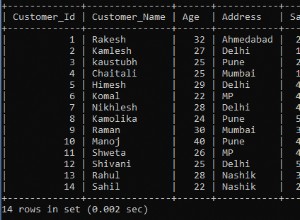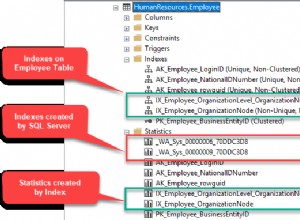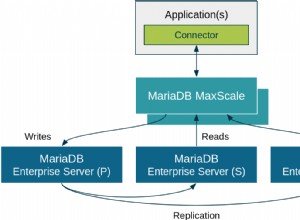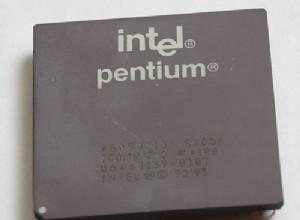Ecco un esempio di come farlo.
Lo script seguente imposta una tabella, un tipo e una procedura memorizzata nel database. La procedura prende un parametro del tipo array e inserisce ogni riga dell'array nella tabella:
CREATE TABLE strings (s VARCHAR(4000));
CREATE TYPE t_varchar2_array AS TABLE OF VARCHAR2(4000);
/
CREATE OR REPLACE PROCEDURE p_array_test(
p_strings t_varchar2_array
)
AS
BEGIN
FOR i IN 1..p_strings.COUNT
LOOP
INSERT INTO strings (s) VALUES (p_strings(i));
END LOOP;
END;
/
Il codice Java mostra quindi il passaggio di un array in questa procedura memorizzata:
import java.sql.*;
import oracle.jdbc.*;
import oracle.sql.*;
public class ArrayTest {
public static void main(String[] args) throws Exception {
DriverManager.registerDriver(new OracleDriver());
Connection conn = DriverManager.getConnection(
"jdbc:oracle:thin:@localhost:1521:xe", "user", "pass");
CallableStatement stmt = conn.prepareCall("BEGIN p_array_test(?); END;");
// The first parameter here should be the name of the array type.
// It's been capitalised here since I created it without using
// double quotes.
ArrayDescriptor arrDesc =
ArrayDescriptor.createDescriptor("T_VARCHAR2_ARRAY", conn);
String[] data = { "one", "two", "three" };
Array array = new ARRAY(arrDesc, conn, data);
stmt.setArray(1, array);
stmt.execute();
conn.commit();
conn.close();
}
}
Se esegui lo script SQL e quindi la classe Java, quindi esegui una query sulla tabella strings , dovresti scoprire che tutti i dati sono stati inseriti nella tabella.
Quando dici "un array di caratteri", suppongo che tu intenda un array di char Java S. Se ho indovinato, penso che faresti meglio a convertire il char s a String se quindi utilizzando lo stesso approccio di cui sopra.




